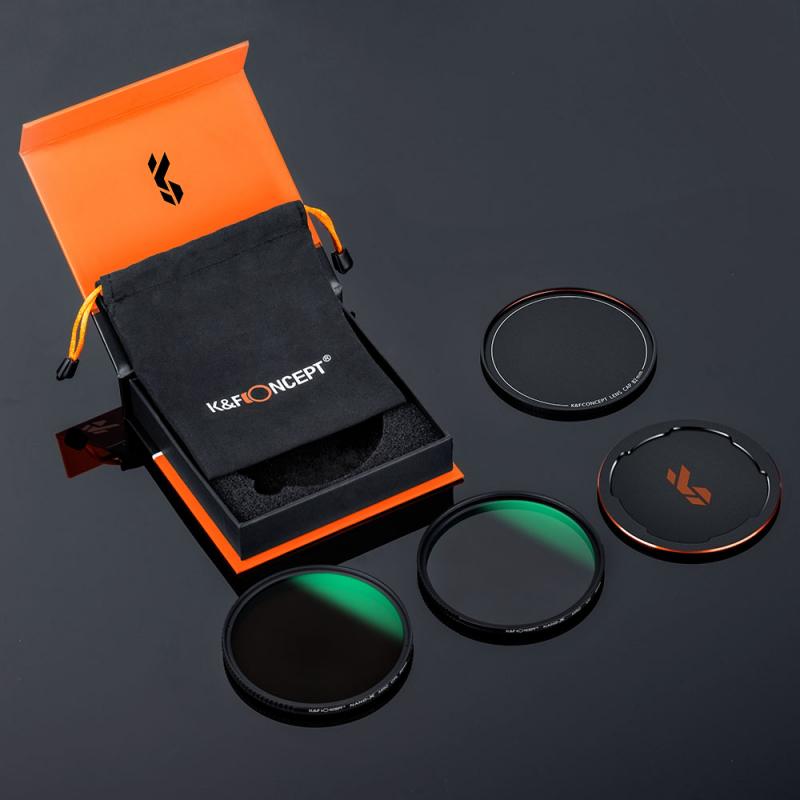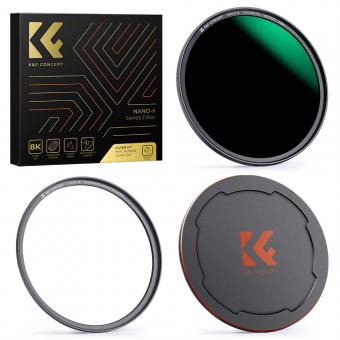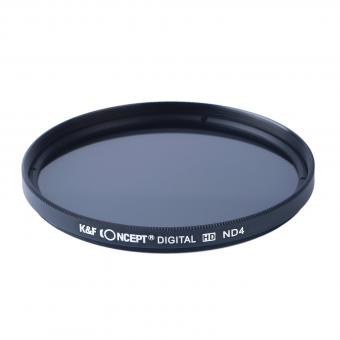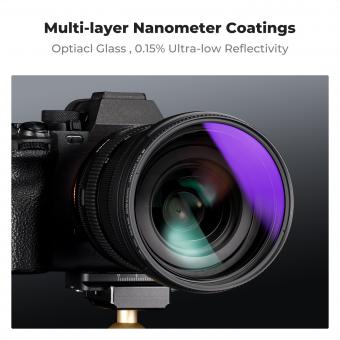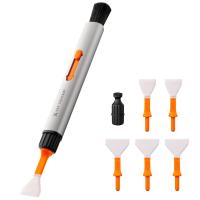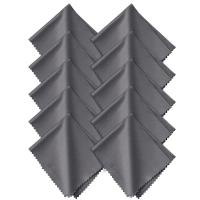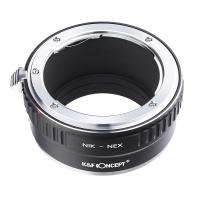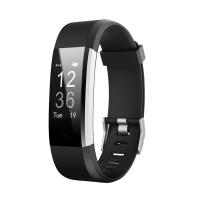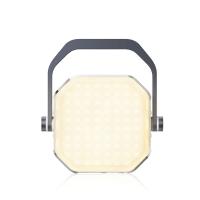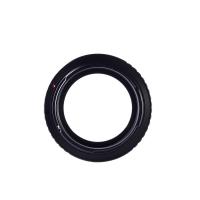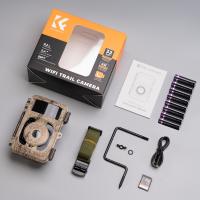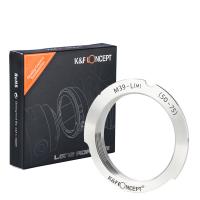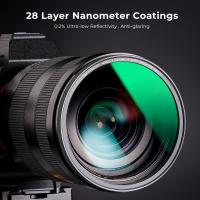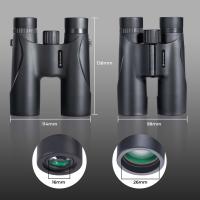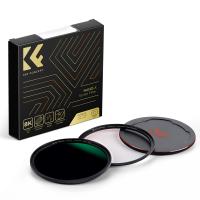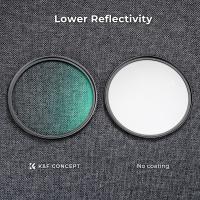How To Do Disposable Camera Filter ?
To create a disposable camera filter, you can follow these steps:
1. Start by obtaining a disposable camera. These cameras are typically inexpensive and can be found at various stores or online.
2. Open the camera by removing the back cover. This will expose the film and the lens.
3. Carefully remove the lens from the camera. Be cautious not to damage it.
4. Next, find a suitable material to use as a filter. This can be colored cellophane, transparent plastic, or even colored markers.
5. Cut the chosen material to fit the size of the lens. Make sure it covers the entire lens area.
6. Attach the filter material to the lens using tape or adhesive. Ensure it is securely attached and does not obstruct the lens.
7. Once the filter is in place, reassemble the camera by putting the back cover back on.
8. Your disposable camera filter is now ready to use. Experiment with different colors and materials to achieve desired effects in your photographs.
Remember to handle the camera and its components with care to avoid any damage.
1、 Choosing the right disposable camera for filter modifications
Choosing the right disposable camera for filter modifications can be a fun and creative way to experiment with photography. Disposable cameras are a popular choice for filter modifications due to their affordability and simplicity. With a few modifications, you can transform a disposable camera into a unique and artistic tool.
To start, you will need to select a disposable camera that suits your needs. Look for a camera that has a removable lens cover or a lens that can be easily unscrewed. This will allow you to attach filters directly to the lens. Additionally, consider the quality of the camera's lens and the type of film it uses. Higher quality lenses and film will produce better results.
Once you have chosen a suitable camera, you can begin modifying it with filters. There are several ways to do this. One option is to purchase pre-made filter kits specifically designed for disposable cameras. These kits often include a variety of filters such as color filters, diffusion filters, and polarizing filters. Simply attach the filters to the lens and start shooting.
Another option is to create your own filters using everyday objects. For example, you can use colored cellophane or transparent plastic sheets to create color filters. Experiment with different materials and colors to achieve the desired effect. You can also try using textured materials like lace or mesh to create diffusion filters.
To attach the filters to the camera, you can use tape or adhesive putty. Make sure the filters are securely attached to prevent them from falling off during use. It's also important to note that modifying a disposable camera may void its warranty, so proceed with caution.
In conclusion, choosing the right disposable camera for filter modifications involves considering the camera's lens capabilities and film quality. Whether you opt for pre-made filter kits or create your own filters, the possibilities for creative expression are endless. So grab a disposable camera, experiment with different filters, and let your imagination run wild.
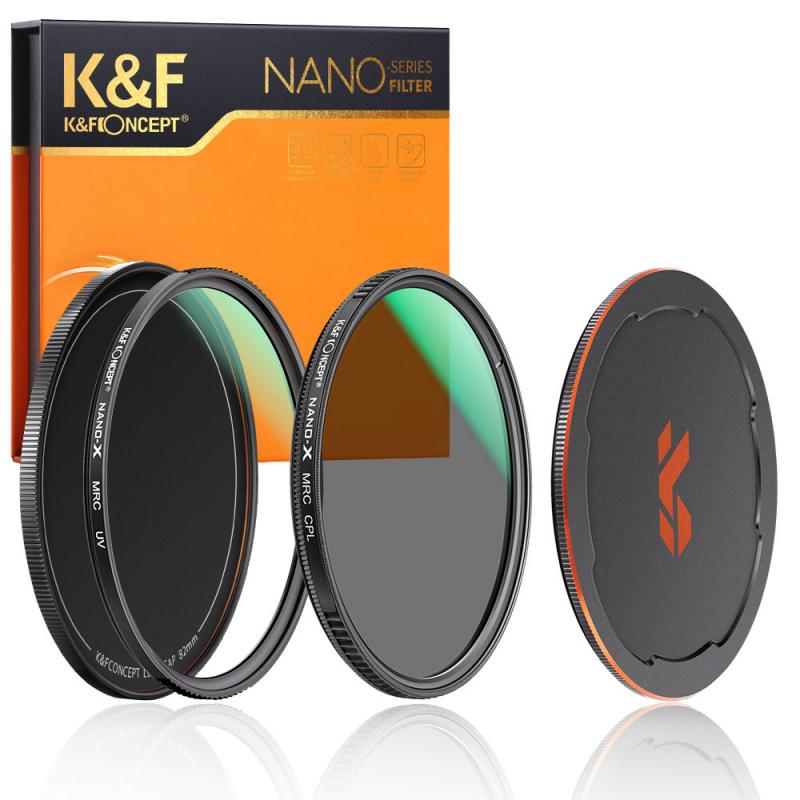
2、 Types of filters compatible with disposable cameras
Types of filters compatible with disposable cameras:
Disposable cameras are a popular choice for capturing memories due to their simplicity and affordability. While they may not offer the same level of control as professional cameras, there are still ways to enhance your disposable camera photos using filters. Here are a few types of filters that are compatible with disposable cameras:
1. Color filters: Color filters can add a creative touch to your photos by altering the color balance. For example, a red filter can intensify warm tones, while a blue filter can create a cooler atmosphere. These filters can be easily attached to the front of the disposable camera lens.
2. Polarizing filters: Polarizing filters help reduce glare and reflections, making your photos appear more vibrant and saturated. They can also enhance the contrast between the sky and clouds, resulting in more dramatic landscape shots. However, it's important to note that not all disposable cameras have a filter thread to attach a polarizing filter directly.
3. Soft focus filters: Soft focus filters can add a dreamy and romantic effect to your photos by diffusing the light and creating a soft glow. These filters can be particularly useful for portraits or capturing a nostalgic atmosphere.
4. Graduated filters: Graduated filters are ideal for landscape photography as they help balance the exposure between the sky and the foreground. These filters have a gradient effect, with one half being darker and the other half being clear. By positioning the darker half over the sky, you can prevent overexposure and capture a more balanced image.
It's worth noting that not all disposable cameras have filter threads or the ability to attach filters directly. In such cases, you can experiment with holding the filter in front of the lens or even taping it securely to the camera body. However, be cautious not to obstruct the lens or damage the camera while doing so.
In recent years, there has been a rise in popularity of smartphone apps that offer various filters and effects. These apps allow you to apply filters to your photos after they have been taken, providing a convenient alternative to physical filters. However, if you prefer the charm and unpredictability of disposable cameras, experimenting with physical filters can be a fun and creative way to enhance your photographs.
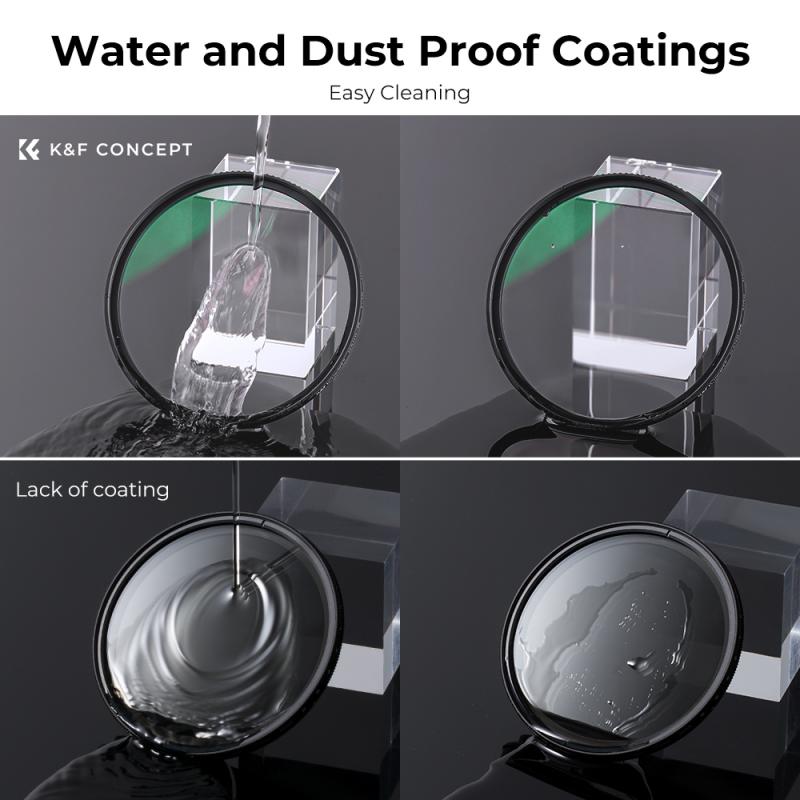
3、 Step-by-step guide to attaching filters to a disposable camera
Step-by-step guide to attaching filters to a disposable camera:
1. Choose the right filters: Before attaching filters to your disposable camera, it's important to select the appropriate ones for your desired effect. There are various types of filters available, such as color filters, polarizing filters, and neutral density filters. Consider the effect you want to achieve and choose filters accordingly.
2. Gather the necessary materials: Apart from the filters, you will need a disposable camera, adhesive tape, and a pair of scissors. Make sure you have everything ready before you begin.
3. Prepare the camera: Start by removing the outer casing of the disposable camera. This will expose the lens and allow you to attach the filters directly to it. Be careful not to damage any internal components while doing this.
4. Cut the filters: Take the filters you have chosen and cut them into small squares or circles that are slightly larger than the camera lens. This will ensure that the filters cover the entire lens area.
5. Attach the filters: Place the cut filters over the camera lens and secure them in place using adhesive tape. Make sure the filters are aligned properly and cover the entire lens area. Be careful not to obstruct the viewfinder or any other important parts of the camera.
6. Test and adjust: Once the filters are attached, test the camera by taking a few shots in different lighting conditions. This will help you determine if the filters are producing the desired effect. If necessary, make adjustments by adding or removing filters.
It's worth noting that disposable cameras are not designed to accommodate filters, so attaching them may require some experimentation and improvisation. Additionally, keep in mind that the quality of the images may be affected by the use of filters on a disposable camera, as they are typically low-resolution devices.
In recent years, the popularity of disposable cameras has seen a resurgence, with many people embracing the nostalgic and unpredictable nature of film photography. Attaching filters to these cameras can add a creative touch and allow for unique effects. However, it's important to remember that disposable cameras are not designed with filter compatibility in mind, so the process may require some trial and error. Additionally, the quality of the images may be compromised due to the low resolution of disposable cameras. Nevertheless, with the right filters and a bit of creativity, you can experiment with different effects and capture some truly unique shots.
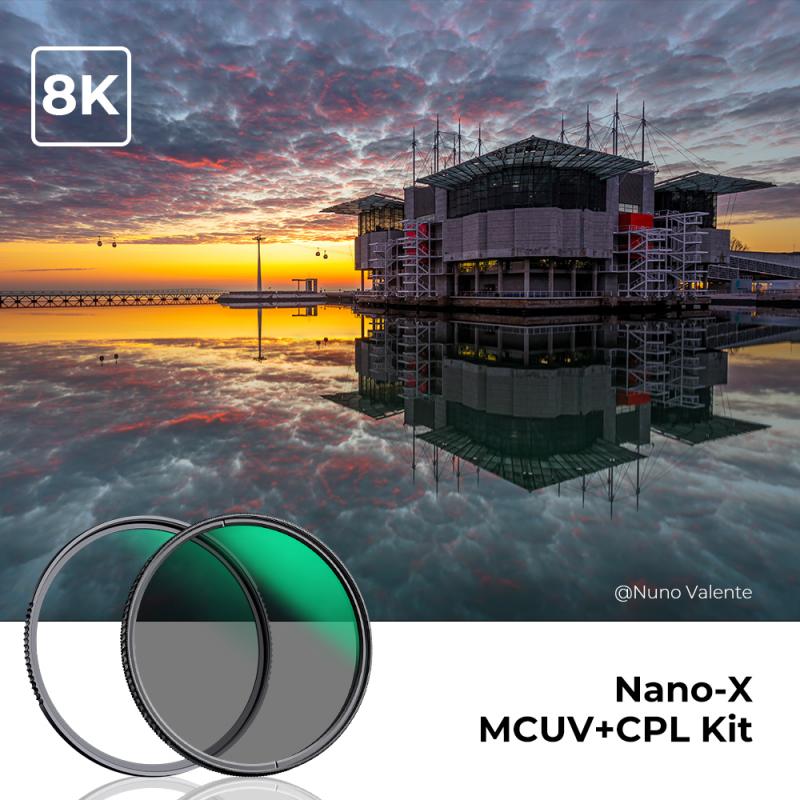
4、 Tips for achieving desired effects with disposable camera filters
Tips for achieving desired effects with disposable camera filters:
1. Understand the purpose: Disposable camera filters are designed to enhance or alter the colors and tones of your photographs. Before using them, it's important to understand the effect you want to achieve. Whether it's adding warmth, creating a vintage look, or intensifying certain colors, knowing your desired outcome will help you choose the right filter.
2. Experiment with different filters: Disposable camera filters come in various types, such as color correction, color enhancement, and special effects filters. Experiment with different filters to see how they affect your photos. Try using filters that complement the subject or the mood you want to convey.
3. Consider lighting conditions: Lighting plays a crucial role in photography, and it can greatly impact the effectiveness of filters. Some filters work best in natural light, while others are more suitable for low-light or indoor conditions. Be mindful of the lighting conditions when using filters to achieve the desired effect.
4. Composition and subject matter: Filters can enhance certain elements in your photos, so consider the composition and subject matter when using them. For example, a red filter can make a blue sky appear more dramatic, while a sepia filter can give a vintage feel to portraits or landscapes.
5. Post-processing: While disposable camera filters can add a unique touch to your photos, don't be afraid to further enhance them through post-processing. Editing software or apps can help fine-tune the colors, contrast, and overall look of your images, allowing you to achieve the desired effect more precisely.
In conclusion, using disposable camera filters requires experimentation, understanding the purpose, and considering various factors such as lighting, composition, and post-processing. By following these tips, you can achieve the desired effects and create visually captivating photographs.
